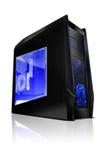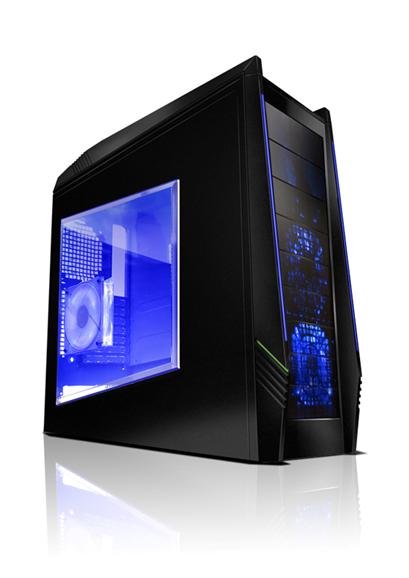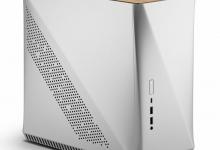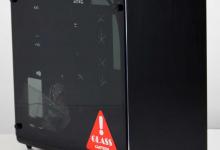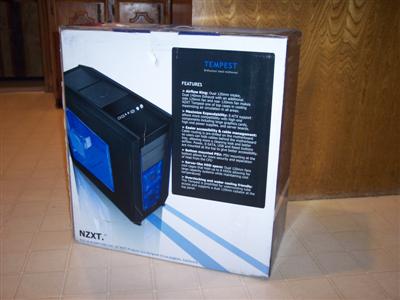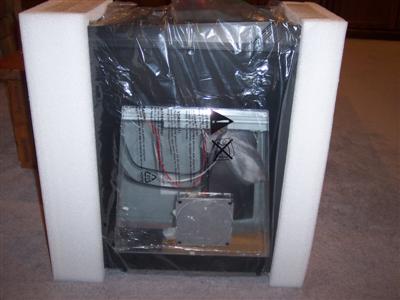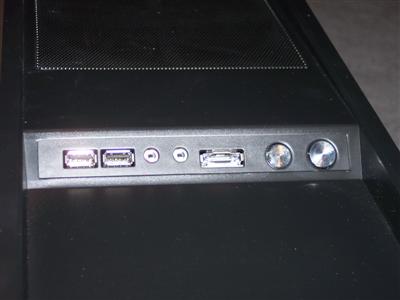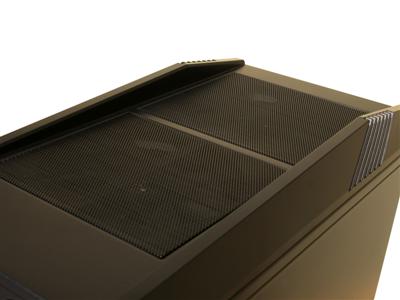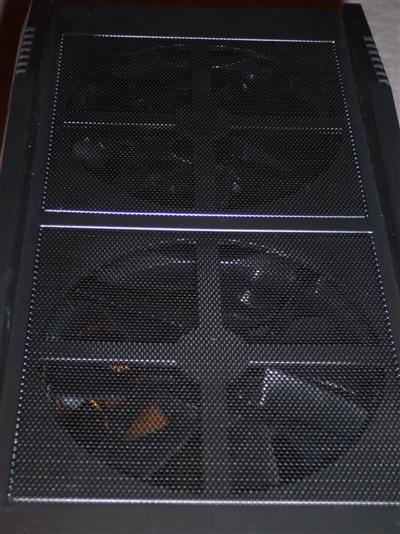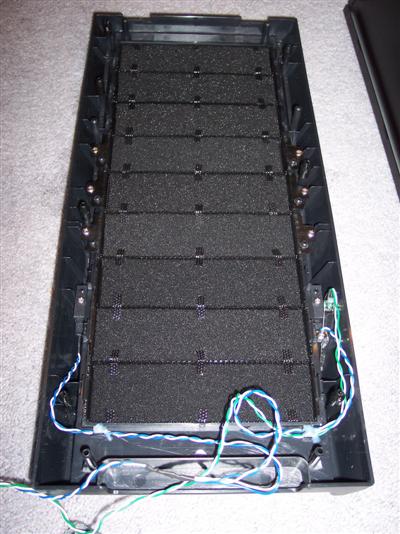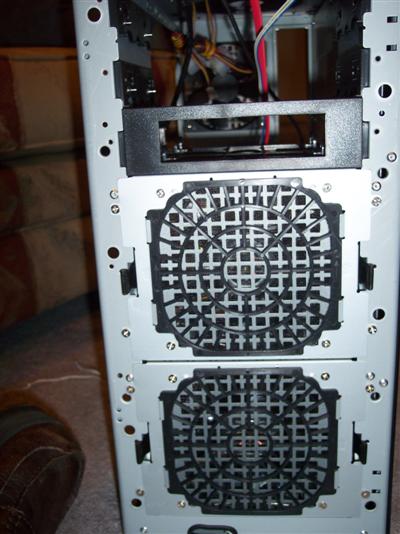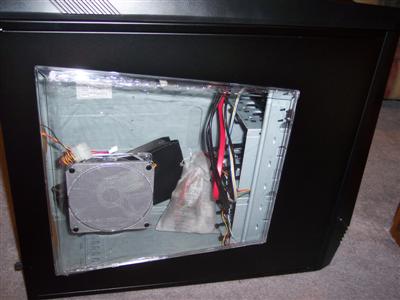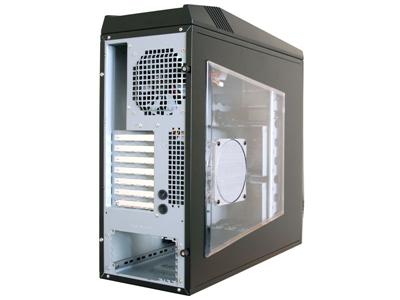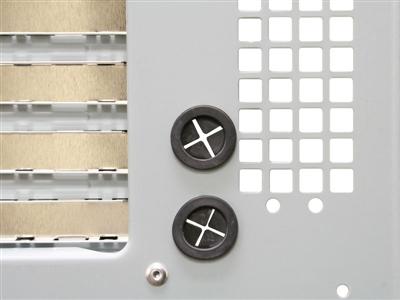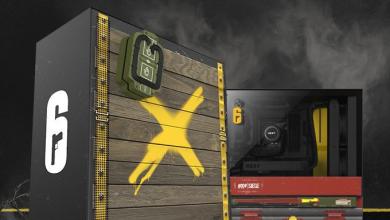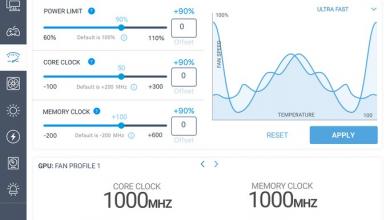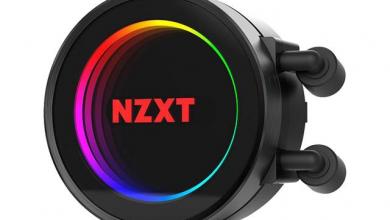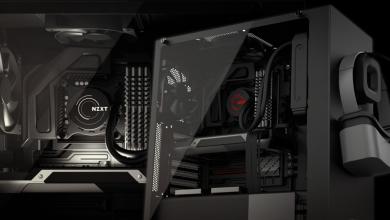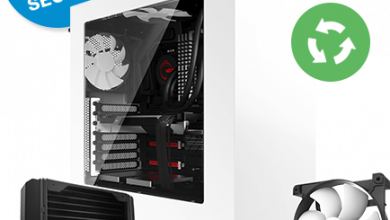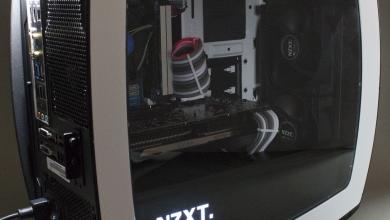NZXT Tempest
“Tempest” – A violent windstorm. NZXT has christened this chassis with a moniker that makes you believe that this case can be the “king of airflow” in both name and self proclaimed title. The Tempest tears in to Modders-Inc attempting to blow us away with it’s features and design principles. Is it truly able to perform as it touts, or is it literally full of “hot air”… Let’s find out!
Sponsor: NZXT
[hr]
First Impression |
|
Computer cases have a tough job in the last few years. They cannot be “just” a case anymore. In my opinion, they have to be several things:
We all remember the beige boxes from a few years ago, and how modding set that market on its ear. Manufacturers listened and started making their cases to these four design principles. Some have done a better job than others, and NZXT has really been stepping up it’s offerings to allow their chassis to stand apart from the rest. The Tempest arrived in a typical well packaged box of sturdy cardboard with a pliable foam surround packing material. It’s not the pre-pressed Styrofoam that leaves little styro-balls everywhere (which can be exciting and fun for people with cats…. but I digress), so unpacking this case was a non event. It was soft and pliable, thusly ensuring that the case and its contents would arrive unharmed (barring an unforeseen run in with a forklift…), and could withstand a decent amount of abuse. The box was informative, and clear to list all of the stats. Graphical design on the box was clean, but not spartan and was easy to read. You know what you were getting, unlike some manufacturers that use the same box with different sides and a check box / dot in it to differentiate between two similar models (that bugs me if you cant tell). The case box touts itself to be the “Airflow King”, as well as being overclocking and water cooling friendly. There is a sturdy plastic, pull through handle on the top that allows for secure and confident lift of the box, and don’t forget folks… this is a steel chassis, so it is not an extremely light case. No side hand hole ports to push through, so it’s either the top handle or the box lift. Removing it from the box, you are immediately greeted with a confident and stiff chassis with easy access power/reset on the top, as well as mic/headphone/speaker jacks, 2 USB, and one eSATA port. Taking into account that many will have this case on the ground beside their desk, the orientation of this interface panel makes good sense, being that it is canted 45 degrees from the surface of the top, it makes a nice design transition from the front leading edge of the top to the back elevated section that covers the top 140mm, black exhaust fans. A nice detail they did here, since the fans are exhaust fans, they put a layer of black tape to cover the wires that are soldered to the fan on the back, the colored power/ground/rpm lines that lead from the fans motor to the molex. Those wires are routed to the fan, then up the back of the fan and usually across a support bar or routing channel. Well, NZXT covered up that channel containing the red/yellow/black cabling in it to remove the visual distraction from the top. Another detail that is not lost on me. :) The fan section behind this control panel area is nicely covered in black, flush fit mesh. It is a steel mesh, and powder coated black to go with the rest of the case color. The same mesh is used for the front 5.25″ bay covers for the front bezel section. There is no 3.5″ section of wire mesh on the front, they are all 5.25″ bay covers… much like the Thermaltake Armor. Full mesh fronts with foam inserts behind the mesh to act as dust filters. Much appreciated, NZXT… thank you! To add more dust protection, the two front intake fans have dedicated removable, metal mesh, washable fan filters that can be cleaned and reused. Another thank you! The other input for the case is the side window panel fan. It is meshed in a similar gauge of mesh as the front and sides, but the coloring is different and there is no foam or filter…”No filter?!?!” It’s kinda like putting a window on a submarine! No dust from the front thanks to two stages of filtration, but I’m going to put a hole on the side, mount a fan to it to push air to one of the hottest parts of your case… and oh yeah… I’m not going to filter it, so the hottest components can get backed up with dust balls and their cooling heatsinks can become backed up with crud. I’m sorry…. I just don’t get that! :) They did a stellar job on the intake filtration, but only covered 66% of the intake fans (2 out of 3). If the front did not have any filtration, then my expectation would not have been set… but they did, and did it well…. and then seemingly forgot to cover the other intake with something besides a finger stopper. Bummer of a decision. Thankfully, it is not a show stopper, and can easily be remedied with a quick jaunt through any enthusiast/modder site to pick up filter material. Pull the fan off the side, and then mount the filter material in the mesh, then put the fan back on. Seems silly that the end user should have to do this with the other decisions on the front… but let’s move on, shall we? ;) The side window is expansive and clear. It has a beveled edge and actually rides above and slightly extruded from the side panel. It is not cut to a rectangular line, but more of a trapezoidal shape. Makes the case feel like it is thrusting forward. Placed in this window is the aforementioned 120mm fan. It is a pleasing blue LED accented clear fan and runs @ 2.4W (12v/.2A). Removal of this side panel is achieved by loosening 2 supplied thumbscrews on the back edge. Moving to the rear of the case, is a single, black, non LED 120mm fan for exhausting the hot air around the back of the motherboard. Below this are 2 holes with rubber grommet surrounds inserted, and these would be for external water cooling tube routing. Issue being that the holes are rather small in diameter, by standards for popular tubing in the current water cooling market. If you are using a system with an ID of 3/8″ and it is thin walled tubing, you are fine. if it is 3/8″ thick walled or 1/2″ ID (thick or thin), you will need to bore it out. This also kinda perplexes me with manufacturers in general. Why give us holes, with nice professional grommets, if we are just going to have to bore them out to be used? Why not aim for the highest popular tubing OD, and cut the hole and grommet for that? I say that because the grommets in use are very spiffy, in that they are perforated tube valves. They have an X cut through a center sheathing that spans the diameter for the hole. So, the hole stays closed, and keeps the back end looking clean (from a design standpoint). I’d love to keep these grommets, but they simply wont work with my tubing choice, which is a shame really. I like the finish that these grommets supply. The back side of the case, opposite the case window, is a sturdy panel unit that is lipped and clipped to make good solid contact and fit into the back of the case. Bottom of the case are 4 rubber padded feet that are adhesively backed. It is a softer compound rubber. Definitely softer than some of the other case feet that I have experienced. |
